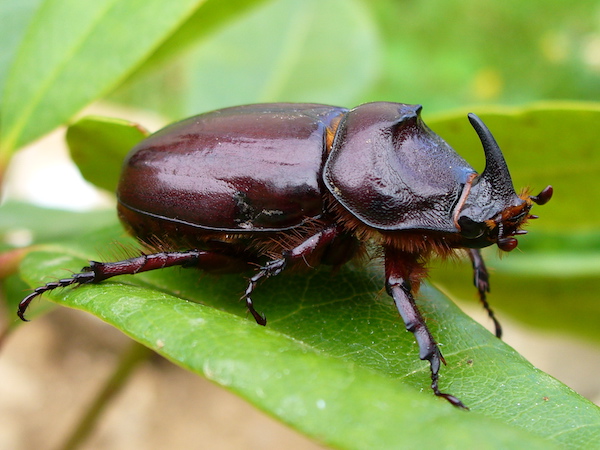
INSECT-HOUSE
An insect hotel, also known as a bug hotel or insect house, is a manmade structure created to provide shelter for insects. They can come in a variety of shapes and sizes depending on the specific purpose or specific insect it is catered to. Most consist of several different sections that provide insects with nesting facilities – particularly during winter, offering shelter or refuge for many types of insects. Their purposes include hosting pollinators.
Many insect hotels are used as nest sites by insects including solitary bees and solitary wasps. These insects drag prey to the nest where an egg is deposited. Other insects hotels are specifically designed to allow the insects to hibernate, notable examples include ladybirds (ladybugs) and, arguably, butterflies.
nsect hotels are popular amongst gardeners and fruit and vegetable growers due to their role encouraging insect pollination. Some elaborately designed insect hotels may also be attractions in their own right and, increasingly, can be found in pub gardens and various tourist locations.
Good materials to build insect hotels with can include using dry stone walls or old tiles. Drilled holes in the hotel materials also encourage insects to leave larvae to gestate. Therefore, different materials, such as stones and woods are recommended for a wide range and diversity of insect life. Logs and bark, and bound reeds and bamboo are also often used. The various components or sizes of holes to use as entry of an insect hotel attract different species. Ready-made insect hotels are also found at garden centers, and particularly ecological and educational conservational centers and organisations
Solitary bees, and solitary wasps do not live within a hive with a queen. There are males and females. A fertilized female makes a nest in wood or stone and bored into the wood in order to construct a nursery.
The most common bee hotel is created from a sawn wooden log or portion of a cut tree trunk in which holes are drilled of different sizes (e.g. 2, 4, 6 and 8 mm), about a few centimeters apart. They attract many bees. The holes have to be tilted slightly so that no rainwater can get in. Stone blocks are also used for this purpose. The holes are drilled quite lengthily into the material but not so far as to create a tunnel to the other side of the wood. Furthermore, the entrances to these access burrows must be smooth enough so that the delicate bodies of the insects are not damaged. Often, with wooden hotels, the exterior is sanded. The best location for a hotel is a warm and sheltered place, such as a southern-facing (in the northern hemisphere) wall or hedge. The first insects are already active towards the end of winter and would be actively seeking for such a place to settle. Other species like to furnish their nests with clay, stone and sand, or in between bricks.
Even a simple bundle of bamboo or reeds, tied or put in an old tin can and hung in a warm place, is very suitable for solitary bees. The bamboo must be cut in a specific way to allow entry for the insects. Often people may add stems of elderberry, rose or blackberry shoots whose marrow can serve as a food source as well.
